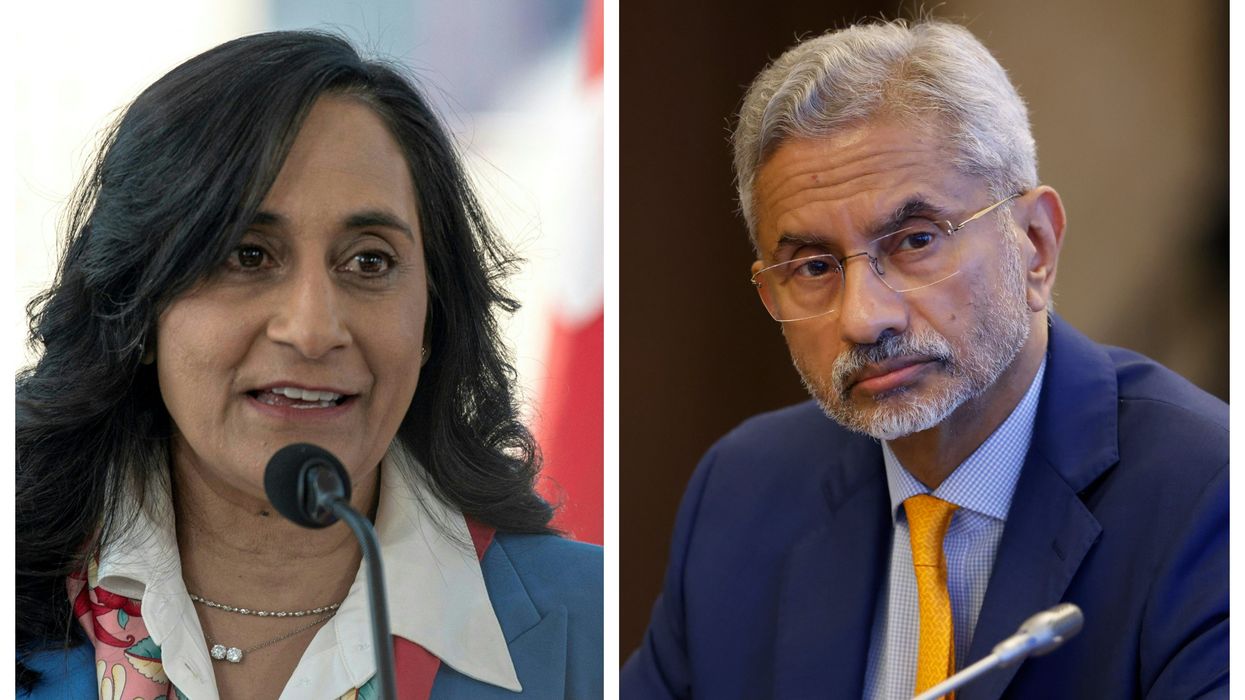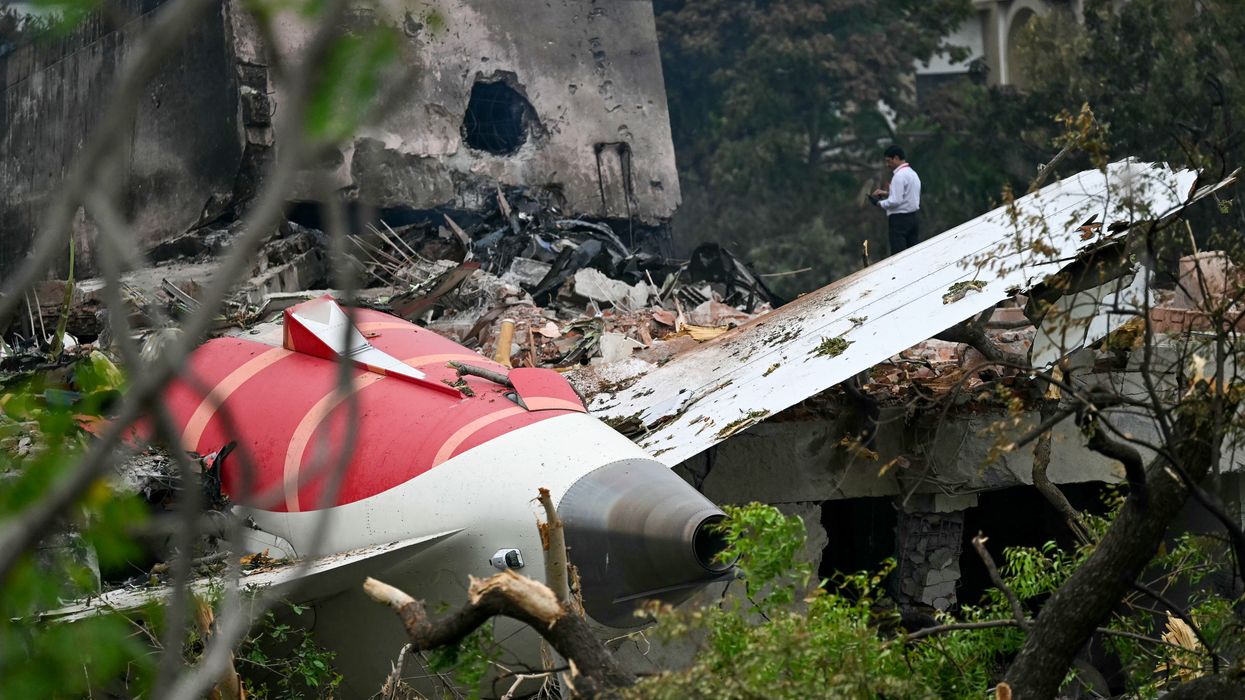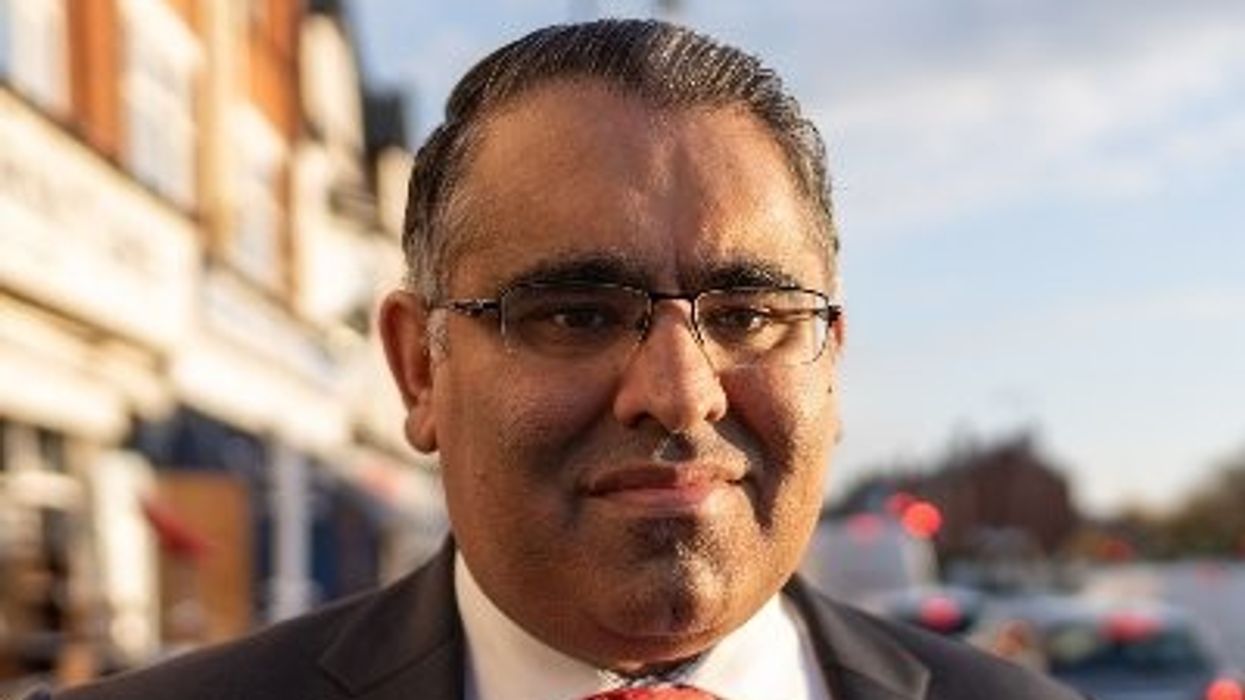A landlord, accused of racially abusing his tenant and attempting to break into his home in an Irish city over unpaid, rent has been arrested.
He allegedly used an electrical saw to cut through the door of Muhammed Raheel Jethel - his tenant for four years - in Ballinasloe in Galway on April 17.
When Jethel screamed “Are you mad”, the furious landlord lunged at him, saying, 'I'll f***ing split you open.”
The landlord confronted the Pakistan-origin surgical registrar as he had not received rent from the tenant since August last year.
However, Jethel said he attempted to make the payments but the money bounced back. He said he unsuccessfully tried to contact the house owner.
The landlord, who is not named by the police, came to Jethel’s door with a locksmith the previous week when the surgeon was at work. Jethel had to come back home midway from his work as his panic-stricken wife informed him that someone was “drilling outside” and was “breaking into the house”.
The locksmith told Jethel at the time that he was told to change the lock. The landlord who also arrived at the spot shouted at Jethel, “Where is my rent?”
When Jethel explained the difficulties he faced while trying to pay the rent online, the landlord spoke about switching bank accounts and racially abused the surgeon, The Journal reported.
But the landlord returned on Monday (17) with a circular saw to confront Jethel again.
In a video filmed from inside the surgeon’s rented house, the landlord can be heard saying: “I have a Quran in my car to burn. I don’t care about your family.”
He tells Jethel: “I’m going to cut the door down. I have been to the guards. They told me to ask you about the money, (and) if you refuse, they will be coming.”
The landlord can be seen cutting through the door using the saw. He charged at the surgeon when he was told to stay back.
During the confrontation, Jethel said he would call the police.
Gardai confirmed an arrest had been made in connection with the case.
Landlord arrested after cutting through tenant's door over unpaid rent

















